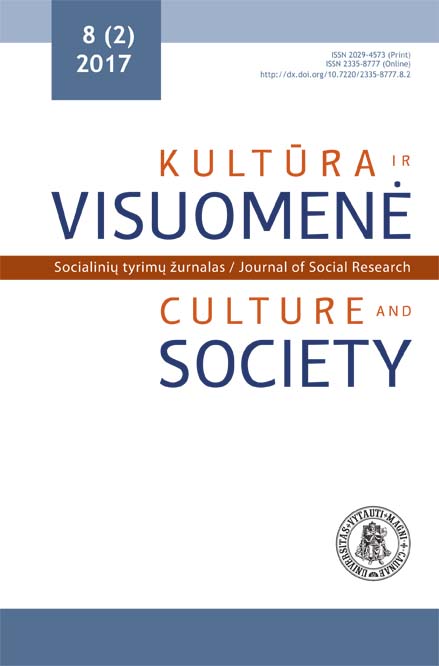Catholicism in Central and Eastern Europe after Vatican II: Assessing the Legacy of John Paul II
Catholicism in Central and Eastern Europe after Vatican II: Assessing the Legacy of John Paul II
Author(s): Andrew P. LynchSubject(s): Christian Theology and Religion, Social Sciences, Theology and Religion, Politics and religion, Post-War period (1950 - 1989), History of Communism, Sociology of Religion
Published by: Vytauto Didžiojo Universitetas
Keywords: John Paul II; Vatican II; Secularism; Communism; Religious diversity;
Summary/Abstract: Pope John Paul II (2005) called communism an “ ideology of evil”, and fighting it became a centrepiece of his pontificate. As Samuel P. Huntington (1993) argued in his theory of a “third wave” of democratization that occurred after the 1960s, the Church was instrumental in helping Western powers undermine the credibility of the Soviet system, a process that was aided by the Second Vatican Council (1962–1965). Furthermore, Gilles Kepel (1994) and José Casanova (1994) have analysed the role played by the Catholic Church in a number of countries where religion has been a vanguard for social movements seeking greater freedom amidst national political tensions. This paper examines the legacy of John Paul II’s efforts to oust Soviet communism from not only his homeland of Poland, but from Europe altogether. The paper begins with an examination of John Paul II’s critique of communism as a flawed system and his emphasis on Central and Eastern Europe’s Christian heritage. More specifically, how his writings and campaigning helped to undermine communism in Central and Eastern Europe will be discussed. The paper will then move to an assessment of the legacy of John Paul II’s efforts against communism and consider the role of contemporary Catholicism generally across Central and Eastern Europe as it tries to stake out its share of the religious marketplace against other religions, including Orthodoxy, Protestantism and new religious movements. This will be examined through theories of post-secularism, and secularism. The paper argues that Catholicism has managed to re-emerge as a powerful force in Central and Eastern Europe, but still has work to do if it is to maintain its position in this region and be what Karl Rahner called a “world Church”.
Journal: Kultūra ir visuomenė: socialinių tyrimų žurnalas
- Issue Year: VIII/2017
- Issue No: 2
- Page Range: 31-49
- Page Count: 19
- Language: English

